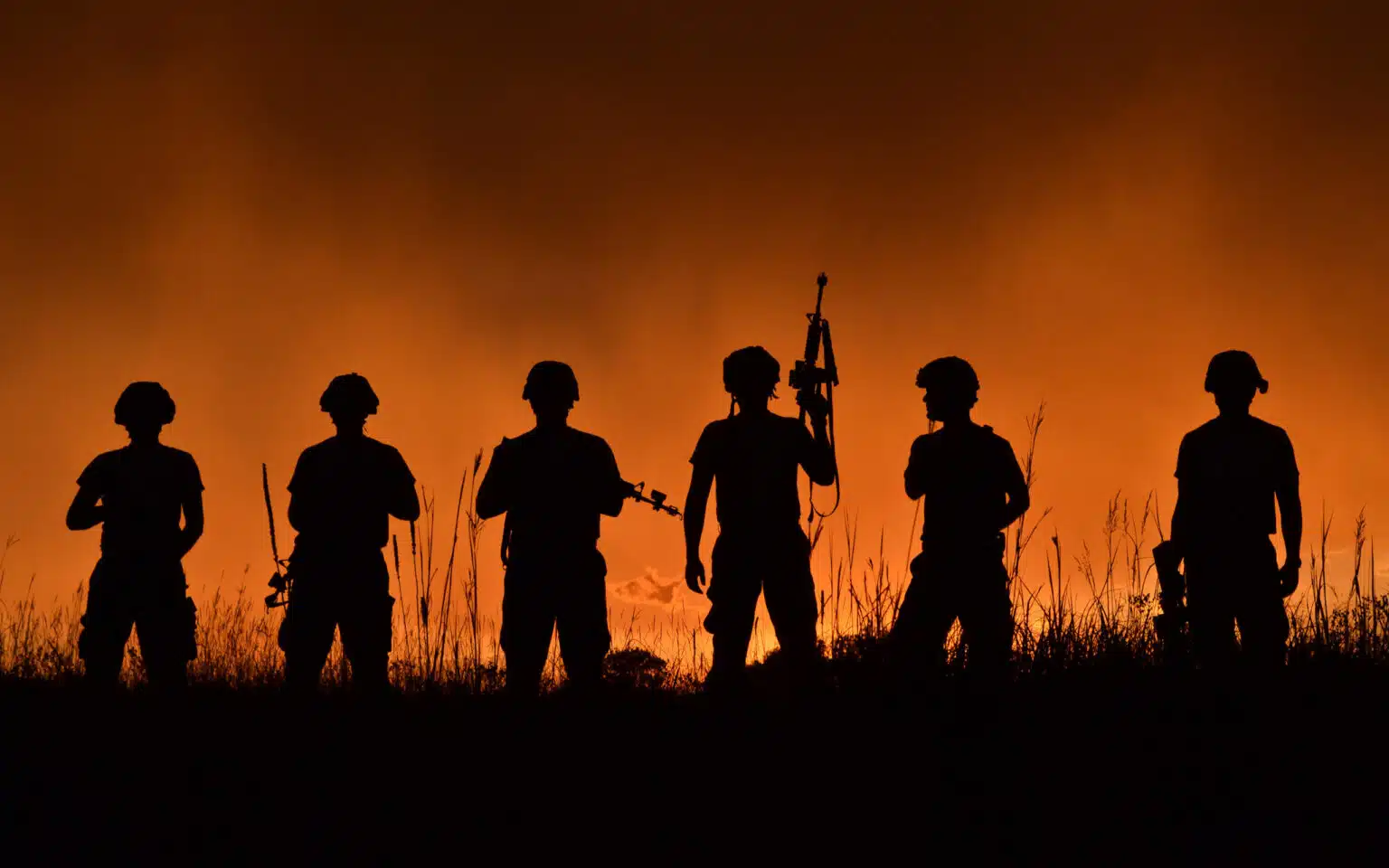According to officials, the demonstration of jetpack suits developed by a British company was held at AATS in Agra. The device is generally comprised of a uniquely designed suit with three small jet engines at the back and arms to control the direction of flight and movement of the wearer.
The Demo
The device has been developed by Gravity Industries, a British company. The Indian Army started the procedure to test jetpack suits to bolster strategic mobility in the sensitive international border areas with deleterious neighbouring countries like Pakistan and China. The Indian Aerospace Defence News shared the videos via its Twitter handle on Thursday, March 2, 2024, showing Richard Browning, the founder of Gravity Industries, demonstrating the utility of the device. He can be seen flying over the agricultural fields and a water body in Agra. The jetpack suit used by Richard, which was navigating swiftly in the air, has a total of three jet engines, one at the back and two on each hand.

Background
In January, the Indian Army cited an interest in purchasing 48 quality jetpack suits through the Fasttrack Procedure (FTP) in the Request for Proposal (RFP) issued by it. The emergency procurement of the device is done at a time when the army is enhancing its surveillance and combat mechanisms along the Line of Actual Control (LAC) of 3,500 km with the neighbouring country China, post the border conflicts between the two nations. A Request for Proposal for the procurement of jetpack suits was issued on January 24, 2024, and stated that the aggregated weight of the suit, excluding the wearer, must not exceed 40 kg, the capacity to carry payload should exceed 80 kg, and the maximum speed should exceed 50 km/h.

(Image Courtesy: India Today)
The jetpack suit uses gas or liquid to propel the wearer through the air. In accordance with the RFP draft, the device must possess the essential safety features for take-off, flight, and landing by the trained wearer, along with the modern framework for propulsion, comprising turbine engines and hybrid or electric systems, and the capability to attain an operational altitude of up to 3 km. The draft also mentioned that the device must have 60% Indian content and a minimum flight time of 8 minutes.
Army Airborne Training School
The ground forces that are transported to hostile areas through aircraft, generally parachute, are referred to as the airborne forces of the army and the soldiers are called the Paratroopers. The Army Airborne Training School is an institute in Agra that provides training in the aerial delivery and transportation of men and materials. The institution trains army personnel in parachute jumps from forces like the airborne forces, special Forces, and paramilitary forces. It also focuses on tests and studies on the para dropping and the aerial portability of various equipment.

Integration Of New-Age Tech By Indian Army
The devices based on the Internet of Things (IoT), like rovers and drones, are used to catch sight of any anomalies or security breaches along the border lines of the country and can be monitored through a central dashboard. The Indian startup, funded by the Ministry of Defence, AjnaLens, which has launched the first “Made in India” mixed reality glasses, AjnaXR, at CES 2024, is focusing on upgrading the battle tanks of India and collaborating with the Indian Army to augment the capabilities of weapon systems.

(Image Courtesy: Tech Story)
The startup is also collaborating with the Indian Navy and DRDO to provide extensive training through their peculiar digital learning solution. The glasses of AR-VR (Augmented Reality and Virtual Reality) can be used to upgrade soldiers, weapons, and vehicles by holographic planning and collaboration, crime scene visualisation, and remote assistance. Traditional training techniques can be expensive and dangerous. The training modules by AjnaLens are designed to allow soldiers to practice in a safer environment as many times as required and in distinct scenarios.













